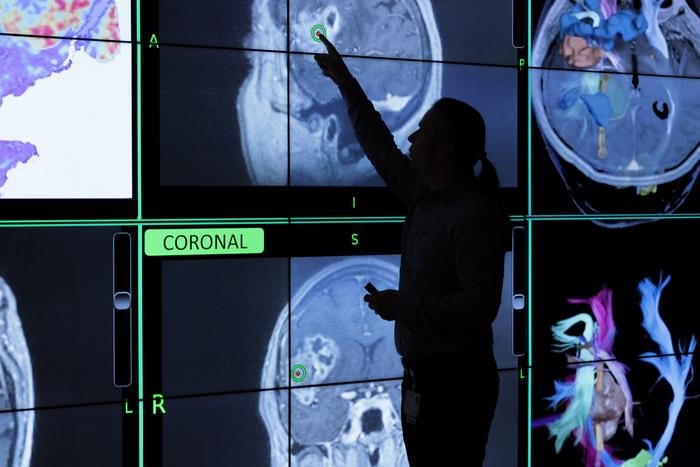International experts have released the first comprehensive guidelines for using artificial intelligence to diagnose and monitor brain cancer, addressing the longstanding challenge of subjective tumor measurements. The recommendations, published in The Lancet Oncology, aim to create consistent standards for AI use across medical institutions worldwide.
Journal: The Lancet Oncology, 2024, DOI: 10.1016/S1470-2045(24)00315-2 | Reading time: 4 minutes
Addressing Variability in Cancer Care
“We can use AI to look at images of the tumors more objectively,” explains Spyridon Bakas, director of Computational Pathology at IU School of Medicine. Current practices rely on individual radiologists measuring tumor size, leading to treatment variations based on who interprets the scan.
The new recommendations come from the Response Assessment in Neuro-Oncology cooperative group, an international collaboration developing standardized criteria for brain cancer clinical trials.
Setting AI Standards
While AI solutions for healthcare are becoming available, their implementation varies widely between institutions. “Thanks to new technology, there are ways to use AI to help assess whether a tumor is progressing or is stable,” notes Raymond Y. Huang of Harvard Medical School. “However, there needs to be a standardized way to use AI to accurately diagnose and treat patients.”
The guidelines emphasize using software developed with diverse patient data and ensuring AI models follow World Health Organization criteria for tumor definition.
Future Directions
“These guidelines are critical for ensuring that AI tools developed in the U.K. and beyond meet rigorous standards and improve patient outcomes,” says Thomas Booth from King’s College London. However, the authors note more research is needed: “It is important that we continue our study of these AI models on large, diverse patient populations to continue extending our understanding of disease and improving the way we use them,” Bakas adds.
Glossary
- Neuro-oncology: Medical specialty focused on diagnosing and treating brain cancers
- Clinical trials: Research studies testing new treatments on human participants
- Tumor segmentation: Process of identifying and isolating tumor boundaries in medical images
- Prognostic models: Tools that predict disease outcomes
- Good clinical practice: Guidelines ensuring reliable trial results and patient protection
Test Your Knowledge
1. What problem do the new AI guidelines address in current brain cancer diagnosis?
They address the subjectivity of current tumor measurements, where different radiologists may interpret scans differently.
2. What key requirement do the guidelines specify for AI software development?
The software must be developed using large and diverse cohorts of patient data.
3. Which organization’s criteria must AI models follow when defining tumors?
The World Health Organization’s criteria.
4. What limitation of the current guidelines do researchers acknowledge?
Further study of AI models on large, diverse patient populations is still necessary.
Enjoy this story? Subscribe to our newsletter at scienceblog.substack.com


